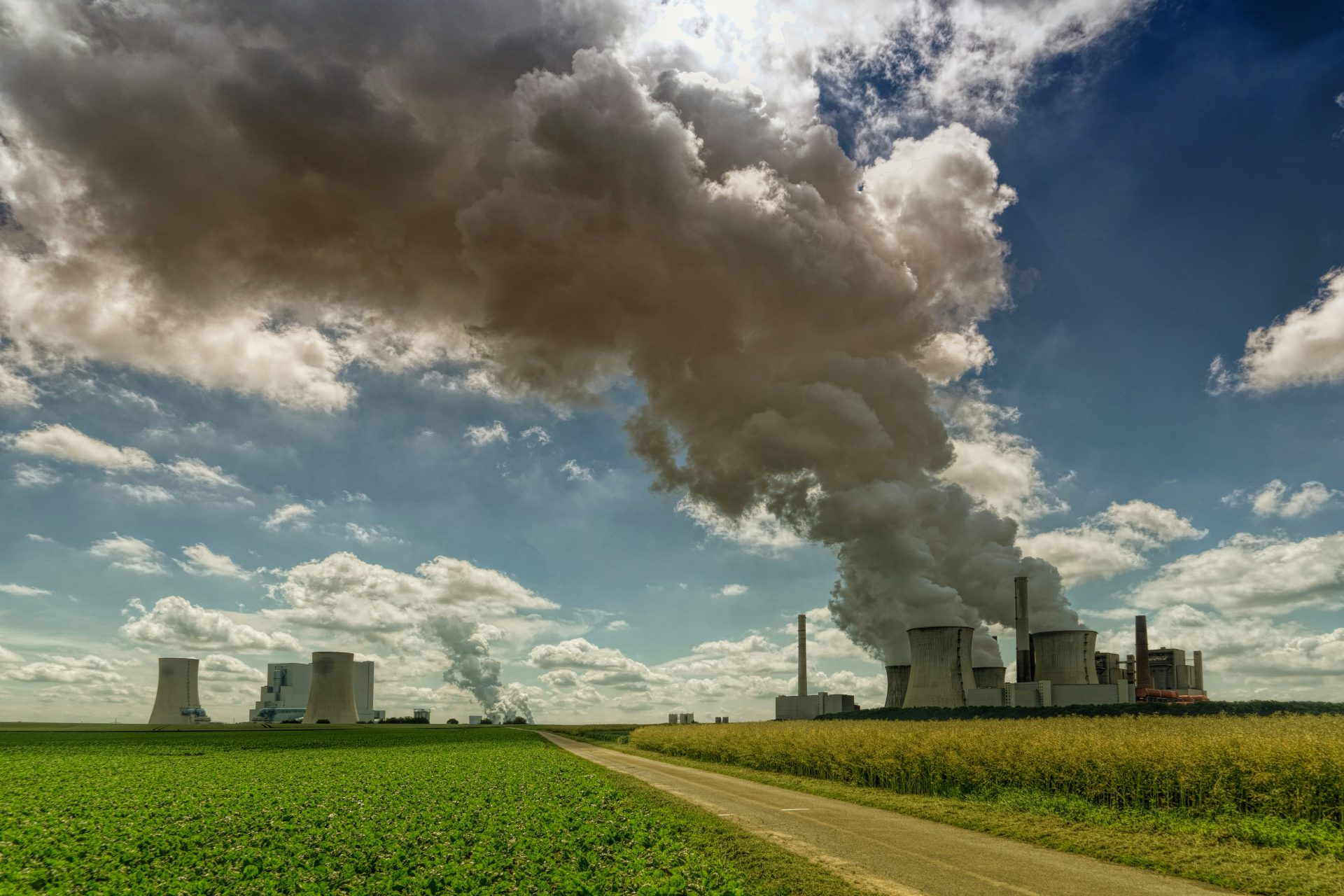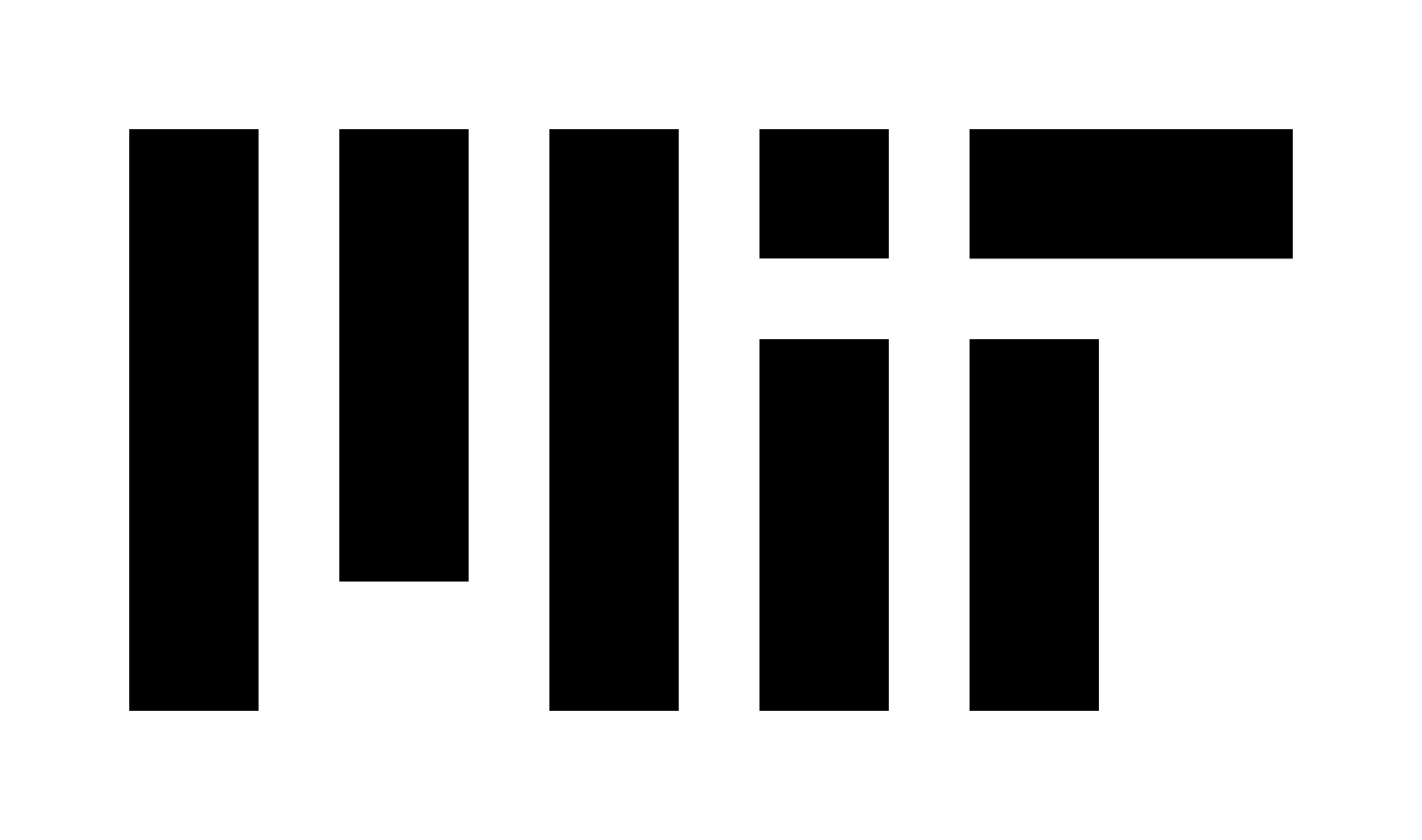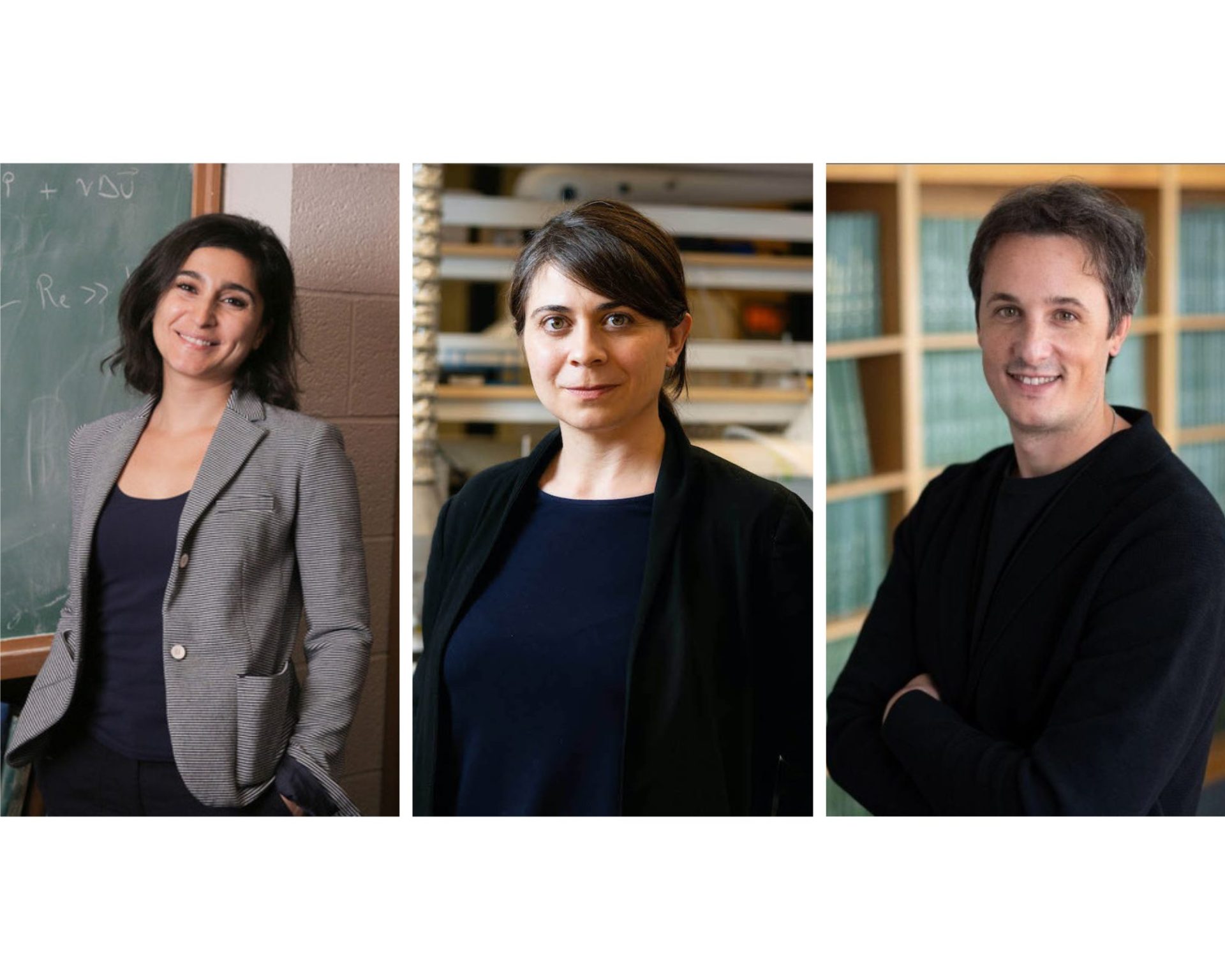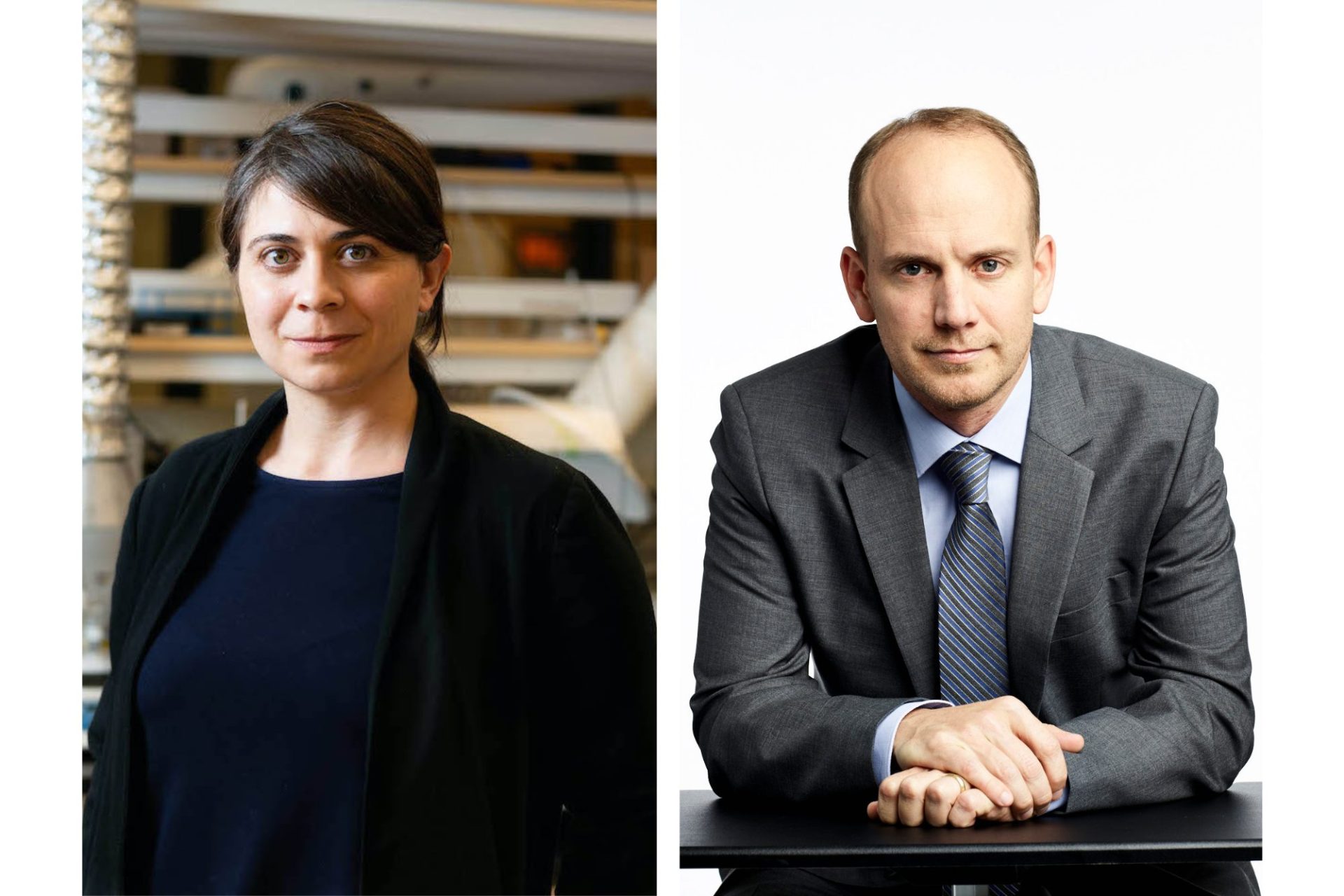Charles Harvey testifies on Illinois carbon sequestration leak concerns

In March, MIT Civil and Environmental Engineering Professor Charles Harvey provided testimony in support of a bill that would limit the industrial injection of carbon dioxide into wells near the Mahomet Aquifer in Illinois.
His testimony followed reports of a leak at the Archer Daniels Midland (ADM) carbon injection site in Decatur, Illinois, raising concerns about potential contamination of the region’s drinking water.
“The Mahomet Aquifer is legally designated as a sole source water supply, meaning it is the only available drinking water supply for a large portion of the state,” Harvey explains. The aquifer serves 1 million residents in over one hundred communities, including hospitals, businesses, and farmers.
Pam Richart, Co-Director of Eco-Justice Collaborative, a non-profit in Champaign, Illinois focused on climate and environmental issues explains, “it was designated as a sole source aquifer in 2015 by the U.S. Environmental Protection Agency (EPA), which elevates the importance of the aquifer to the region and acknowledges that if it were to be polluted there is no alternate supply of water that is feasible.”
There are fifteen carbon sequestration projects operating in the United States. ADM’s Illinois site is unique in that it is not used for enhanced oil recovery, a process that injects carbon dioxide underground to extract additional crude oil, which is later burned, re-releasing CO2 into the atmosphere.
ADM’s sequestration facility in Decatur is the only operating EPA-approved Class VI project in the country.
“Because the EPA doesn’t monitor oil fields where all the other sequestration projects are using CO2 for enhanced oil recovery, this project is the only one that is monitored,” he says. The other projects rely on self-reporting in the event of a leak.
The Mt. Simon sandstone formation in Illinois apparently makes the state an ideal location for holding sequestered carbon dioxide. “The Mt. Simon is both large and porous, making it an excellent site for CO2 injection,” Harvey says, “However, it lies beneath a sole source drinking water aquifer and now, despite industry assurances that it would not leak, it has leaked buoyant CO2 upward into this aquifer.”
Carbon capture and storage (CCS), which aims to reduce emissions by capturing CO2 before it enters the atmosphere and storing it underground, has been widely promoted by the fossil fuel industry. However, the approach has faced growing scrutiny due to concerns such as high costs, significant energy demands, and continued reliance on fossil fuels.
“It’s like we’re all looking for the silver bullet to solve climate change, Richart says, but CCS is anything but that. “We try to find a way to talk about the fact that these are taxpayer subsidized projects that harm people, their land, and their water as well as risk their health and safety. Plus, CCS diverts funding for energy efficiency, renewables, and other solutions we know can curb emissions.”
In 2024, Harvey, along with leading climate experts, formed the Science Roundtable on Carbon Capture and Storage. The roundtable aims to provide a unified voice among technical experts on the challenges of CCS, elevating the science and data for decision makers, press, and other stakeholders. None of the roundtable members accept funding from oil companies, enabling them to speak with a unique and unbiased voice.
The Illinois State Senate unanimously approved the bill that bans the injection of CO2 through and storage of it under the Mahomet Aquifer. The bill will now move to the Illinois House for a vote.



